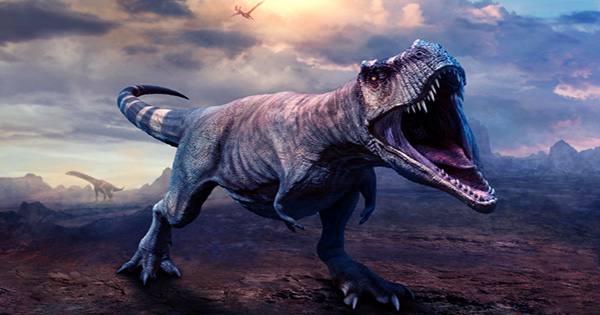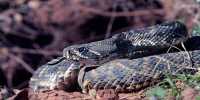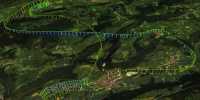Most ecosystems (with one surprising exception) only have room for one large predator, so it is not surprising that other large carnivores are displaced by oppressive stimuli. But a study published in the Canadian Journal of Earth Sciences has created many more unexpected cases: oppressive atheists have wiped out medium-sized carnivores wherever they are established.
The modern equivalent is that leopards, hyenas, jackals, etc. cannot coexist with all lions. Compared to the king of modern beasts, T-Rex was truly oppressive. Some archaeologists have noticed a large decline in the size of medium-sized predators in all oppressed environments. In the context of Cretaceous, medium-sized means a muscle whose adults weigh between 50 and 1,000 kg (110-2,200 pounds).
On this scale, the polar bear, the largest living terrestrial predator, was of medium size, with each species of tyrannosaur being large (over a thousand kilograms (2,200 lb). It was really the time of the giants.
Holtz said in a statement, “Before the history of dinosaurs, in most communities you enjoyed a variety of carnivores of all sizes, from small foxes to occasional giant lengths.” Dr. Thomas Holtz of the University of Maryland decided to investigate the apparent pattern and he concluded that the impression he received from his colleagues was true. “Then something happened 95 to 80 million years ago, where we saw a transition to a really big carnivore, bigger than an elephant, a tyrant and its relatives like the top predatory and medium-sized predator, the buffalo called the leopard the carnivore, either missing Very rare.”
If the velociraptors at Jurassic Park could really meet a T-Rex, it would be something very new to them, eliminating the film’s confusion about their size. Holtz was not only confined to the T-Rex, the entire tyrannosauridae genus had a similar effect. Tyrannosaurs never made it to Gondwana, although ecosystems maintained a predatory-sized mix. At the same time, there was no equal reduction in the diversity of prey species.
Holtz doesn’t find it believable that certain-sized herbivores have lived hunter-free lives for millions of years or those adult oppressors can’t hold such small faces even if they’re annoyed. Instead, he thinks the young oppressor once fills the environmental niche held by other species. Presumably, it seems, young predators were faster and more fascinating than their full-grown parts, but a species could supply both medium and large-sized predators. Lions do not do this because they are collective hunters, rather than leaving their young alone for food.














